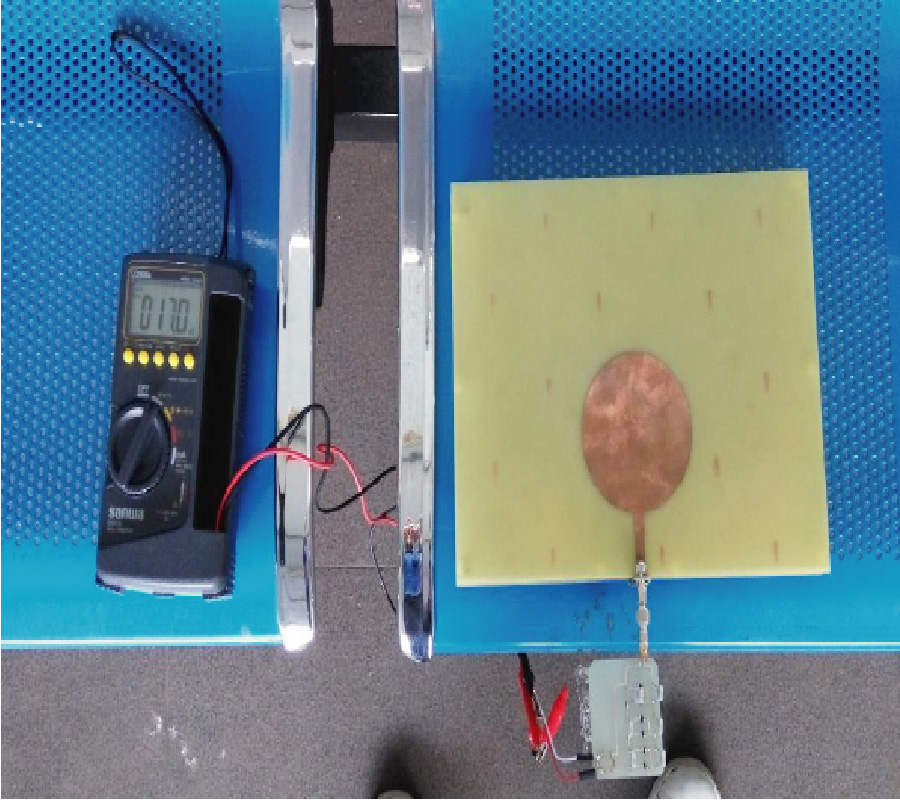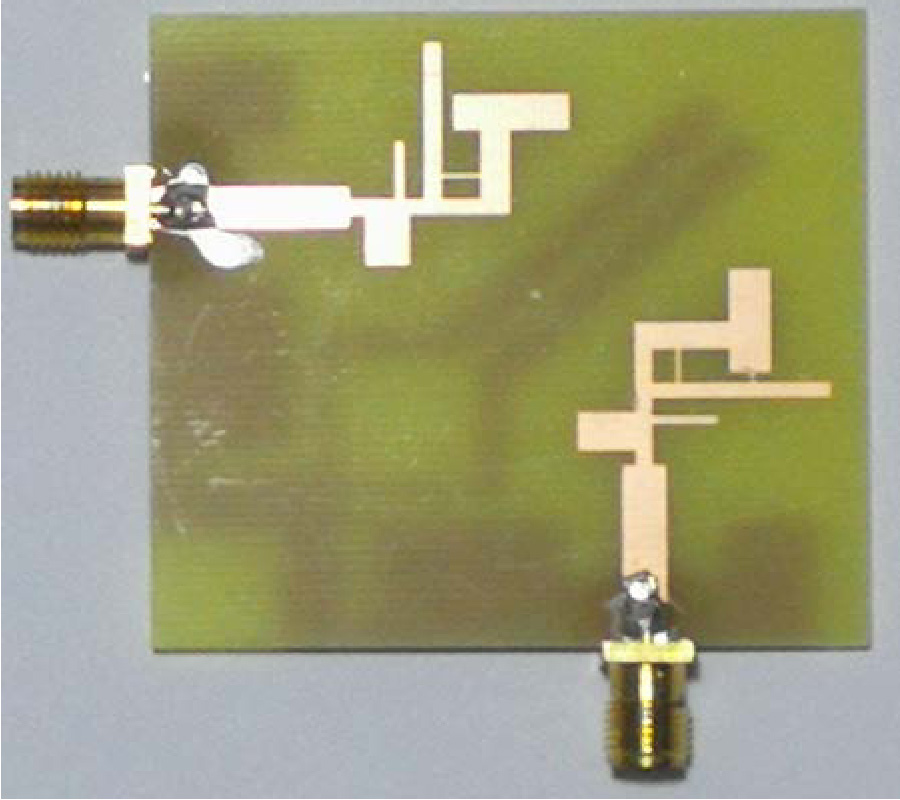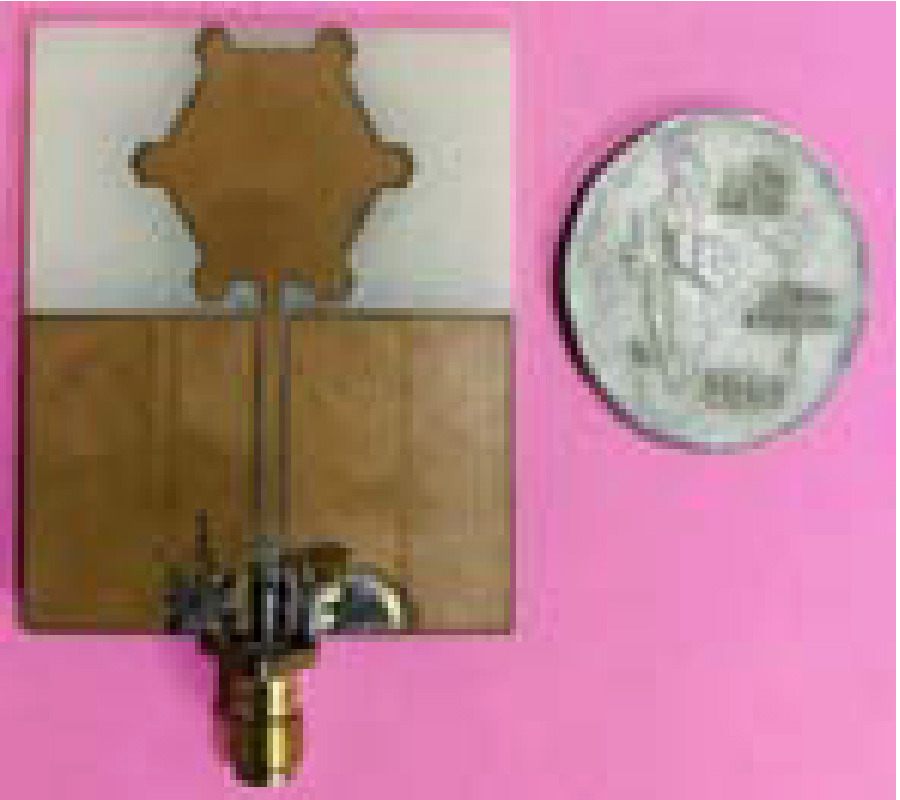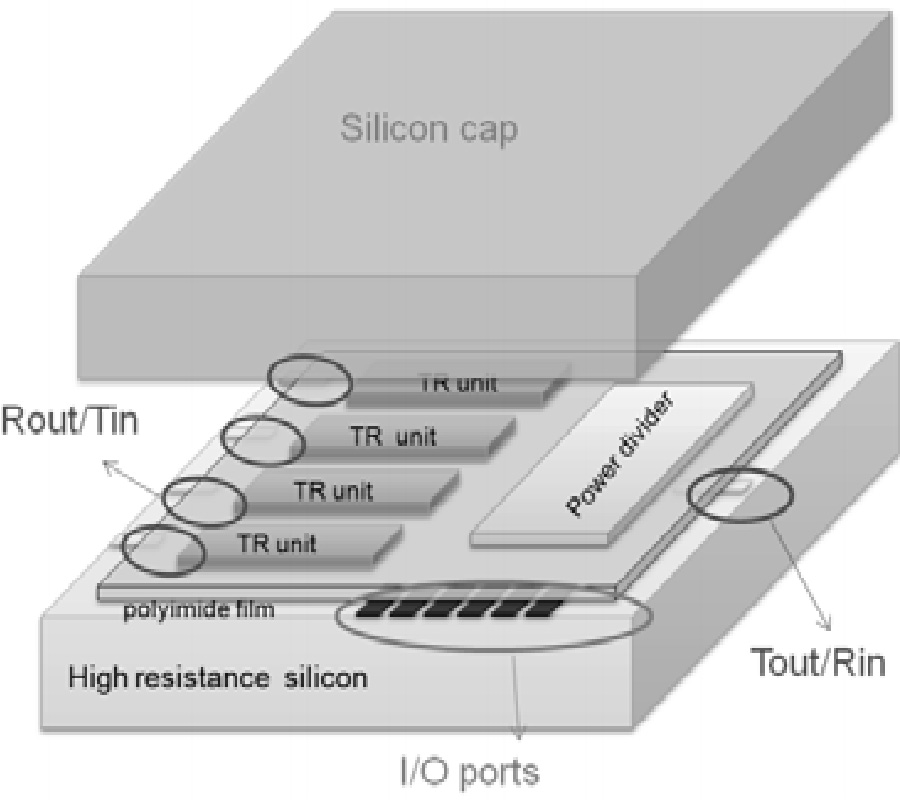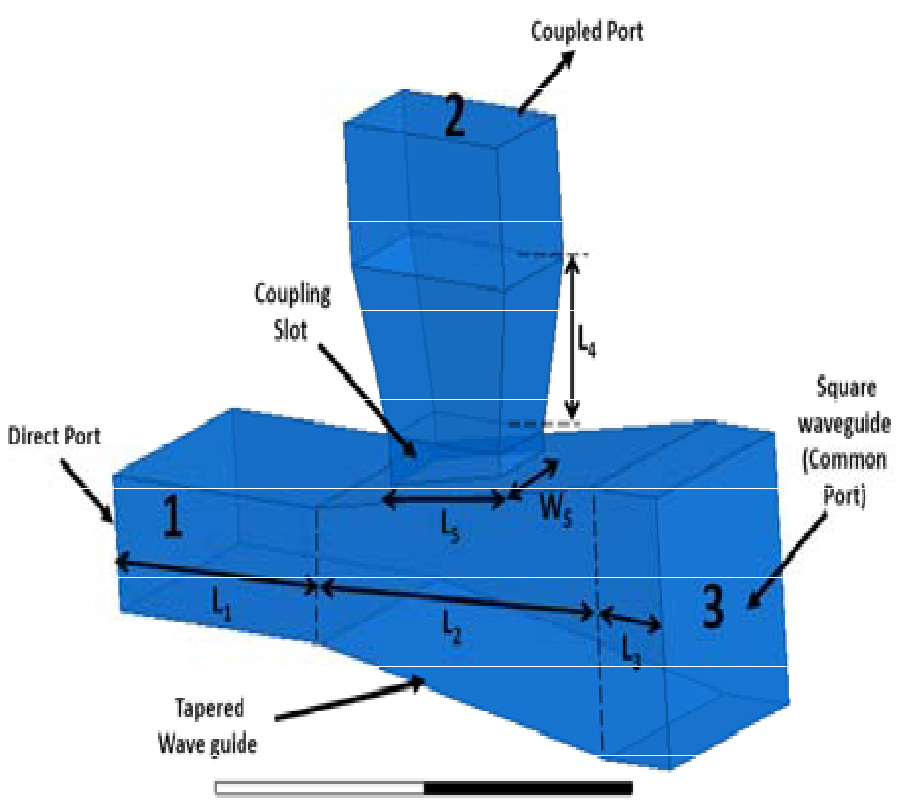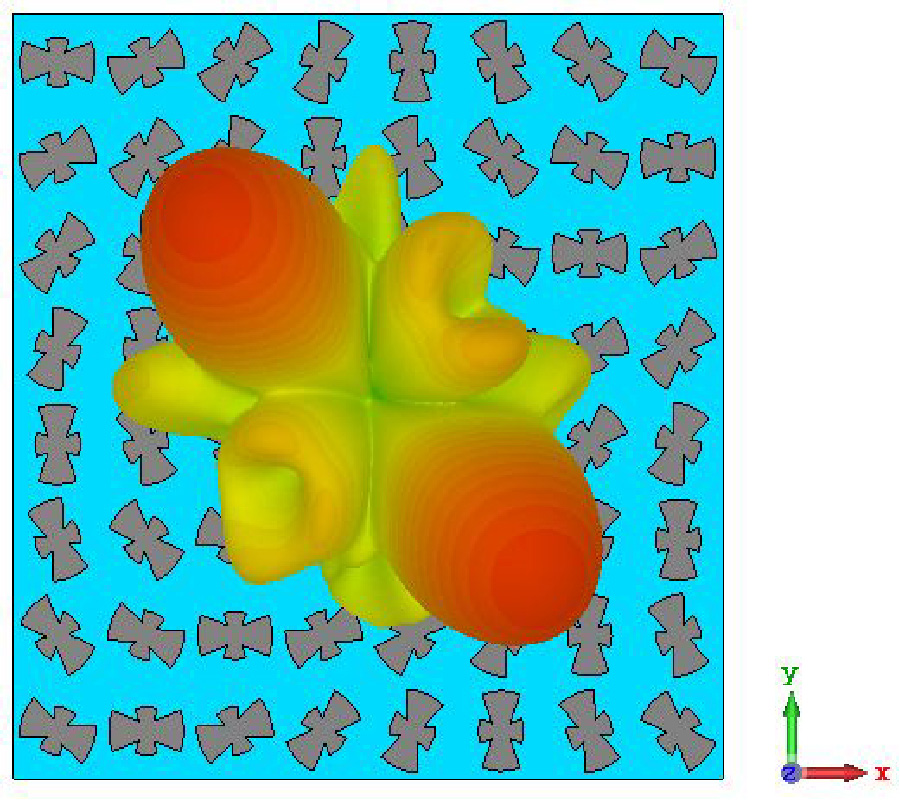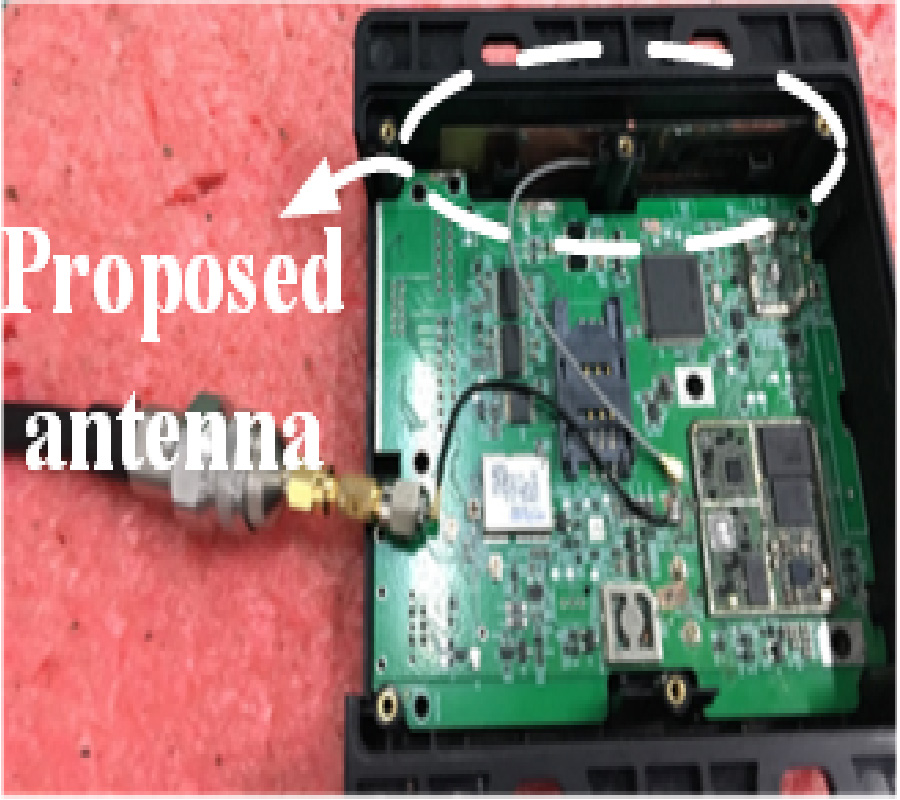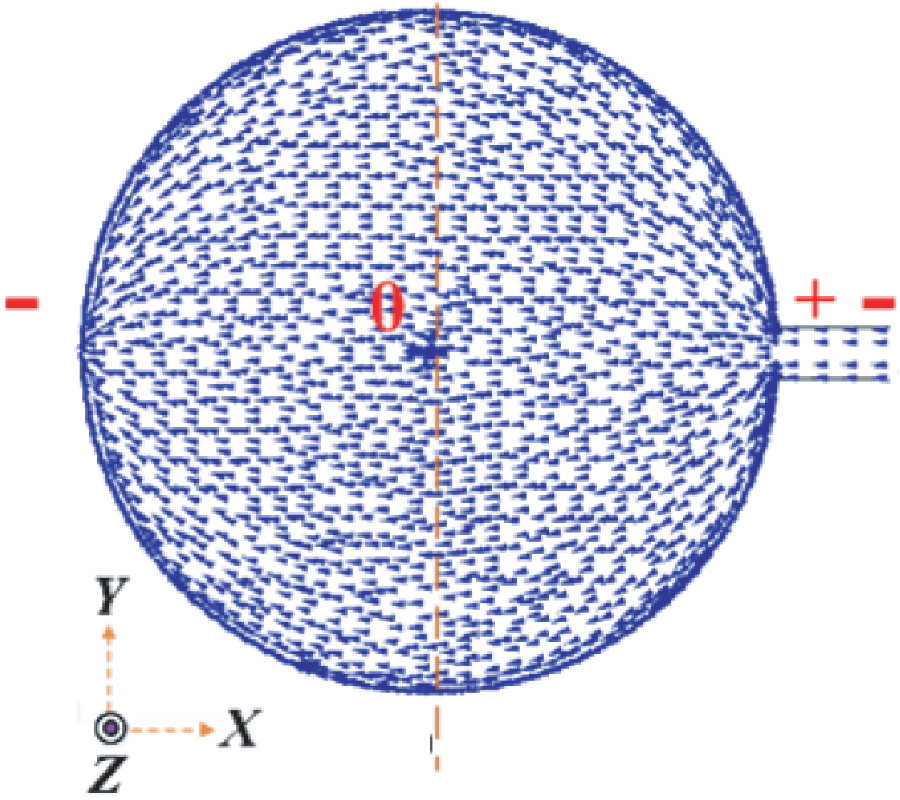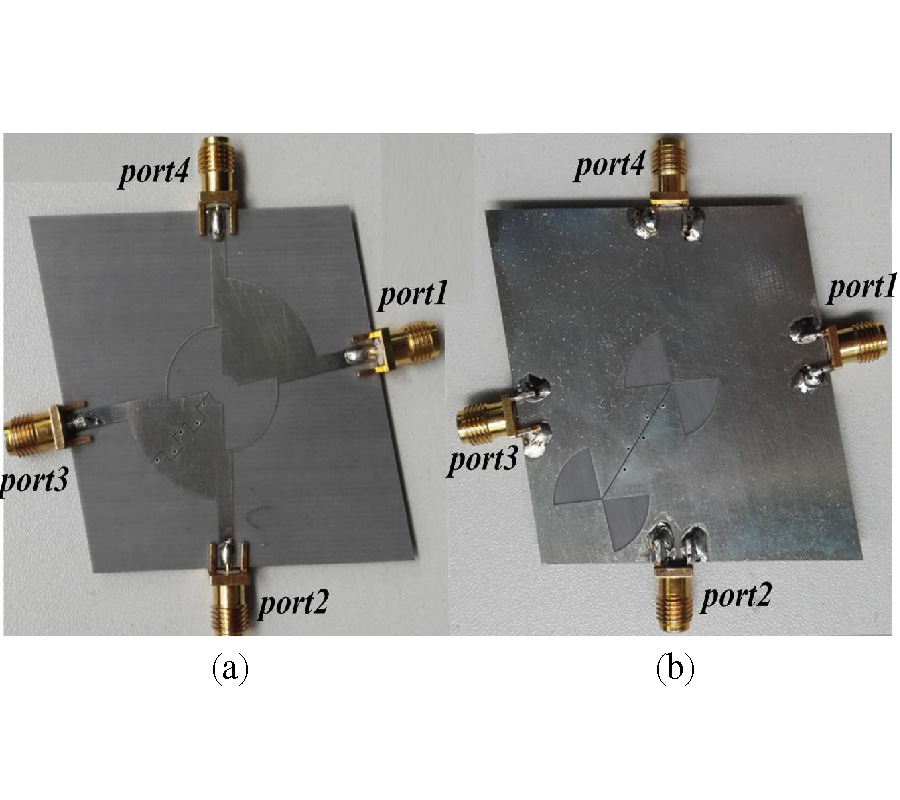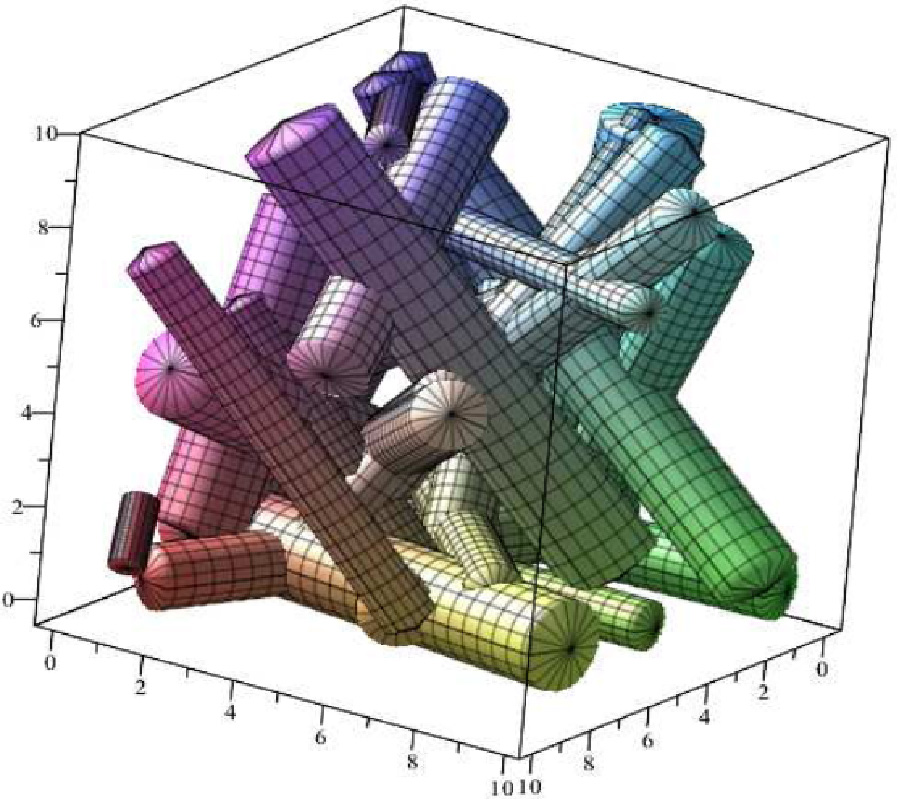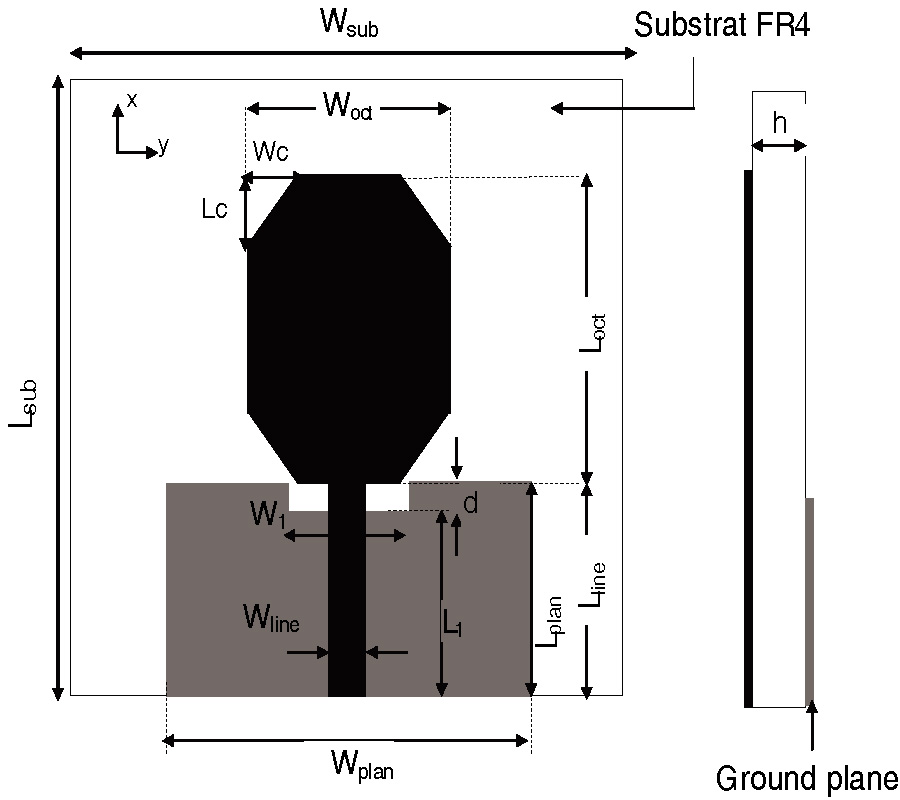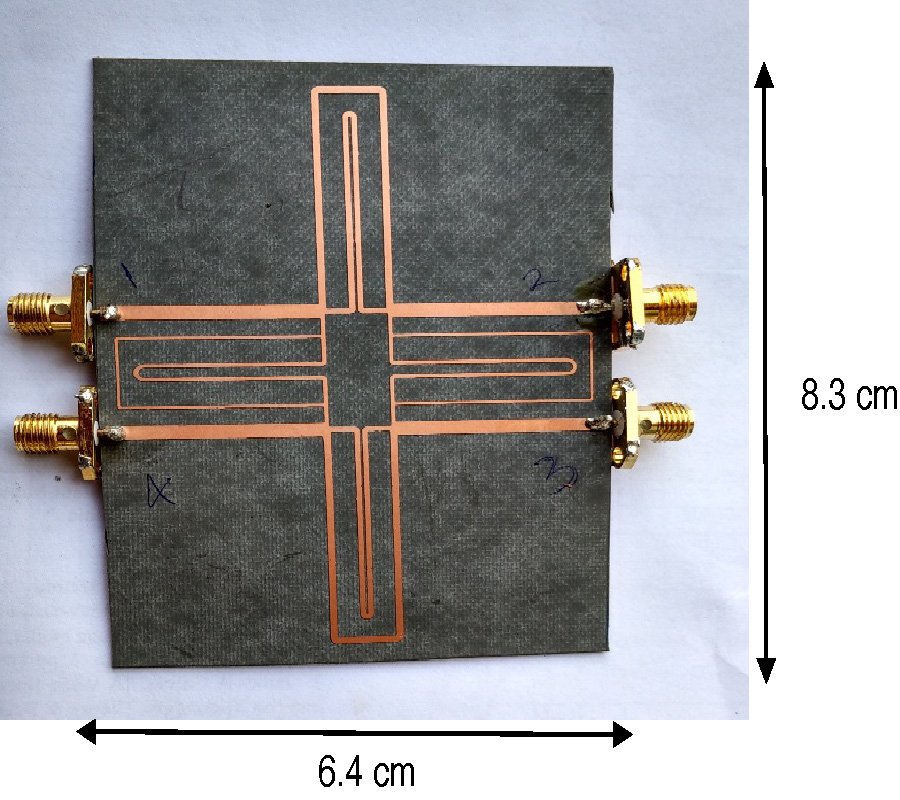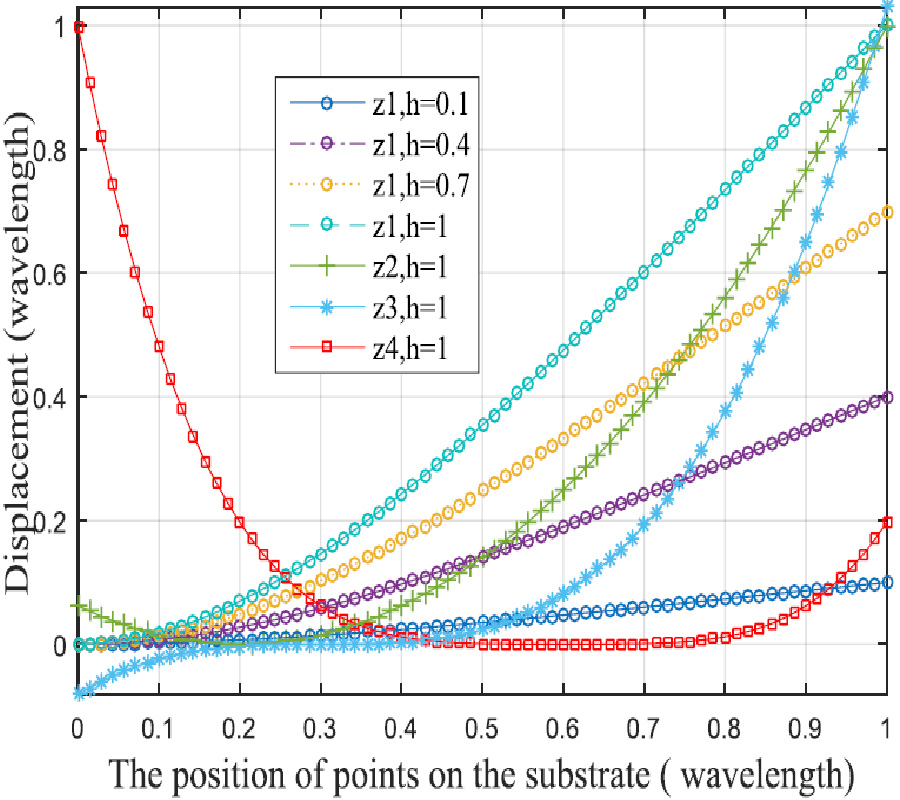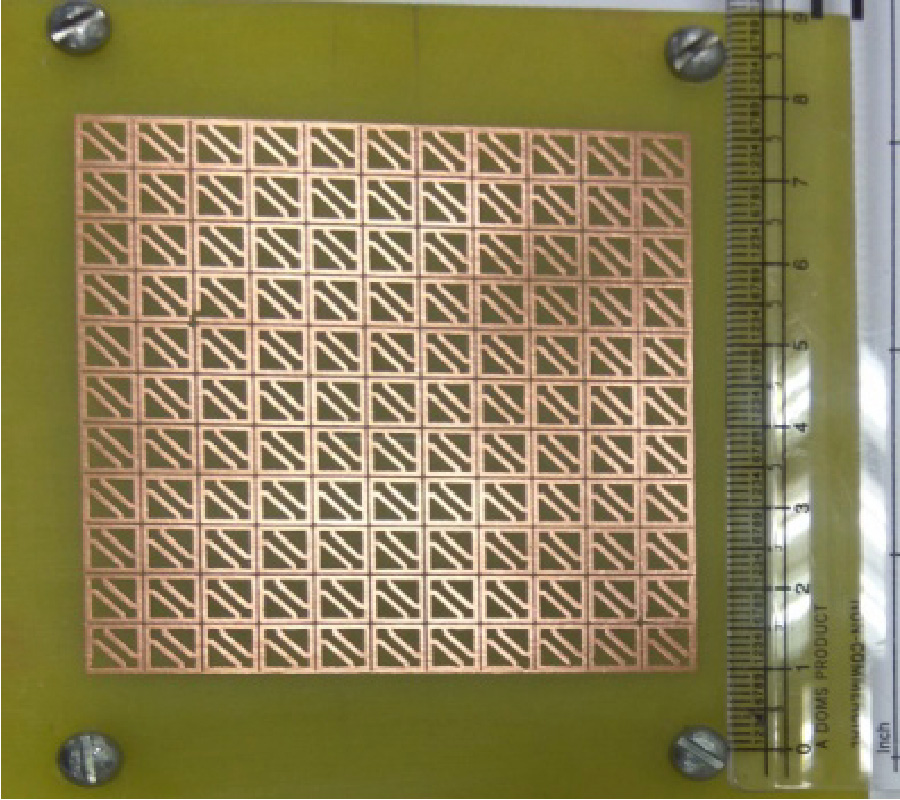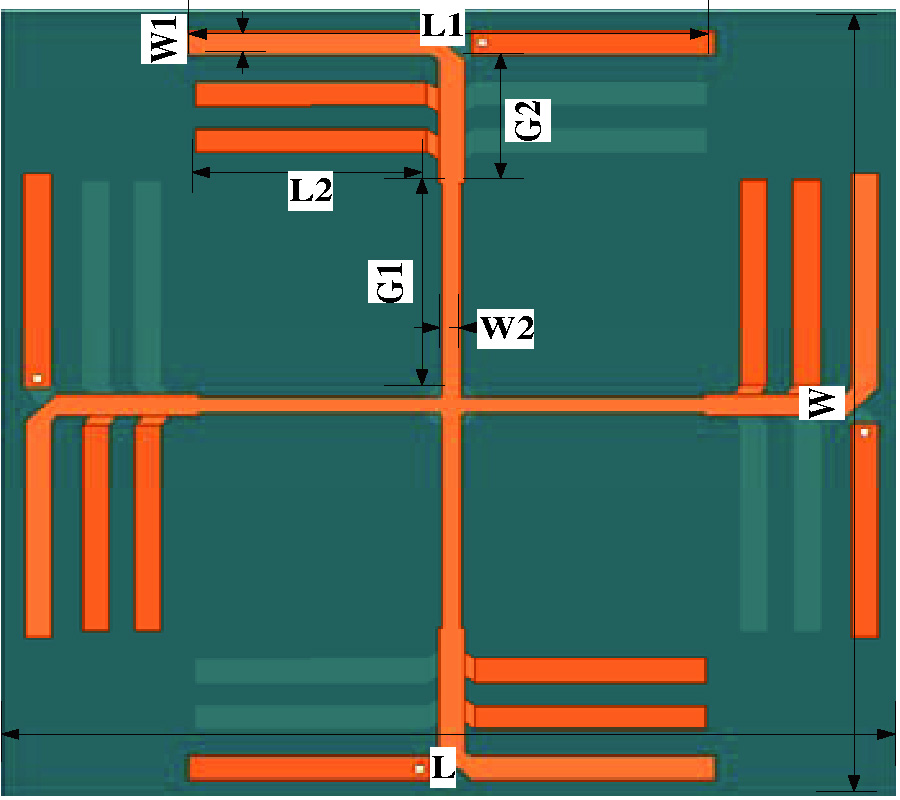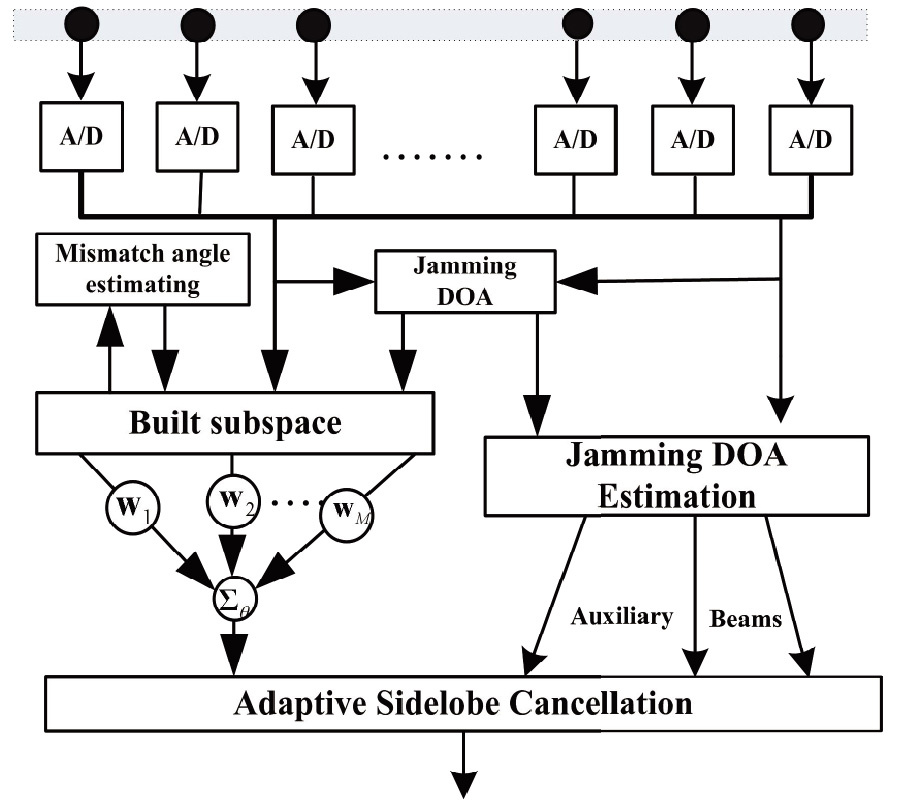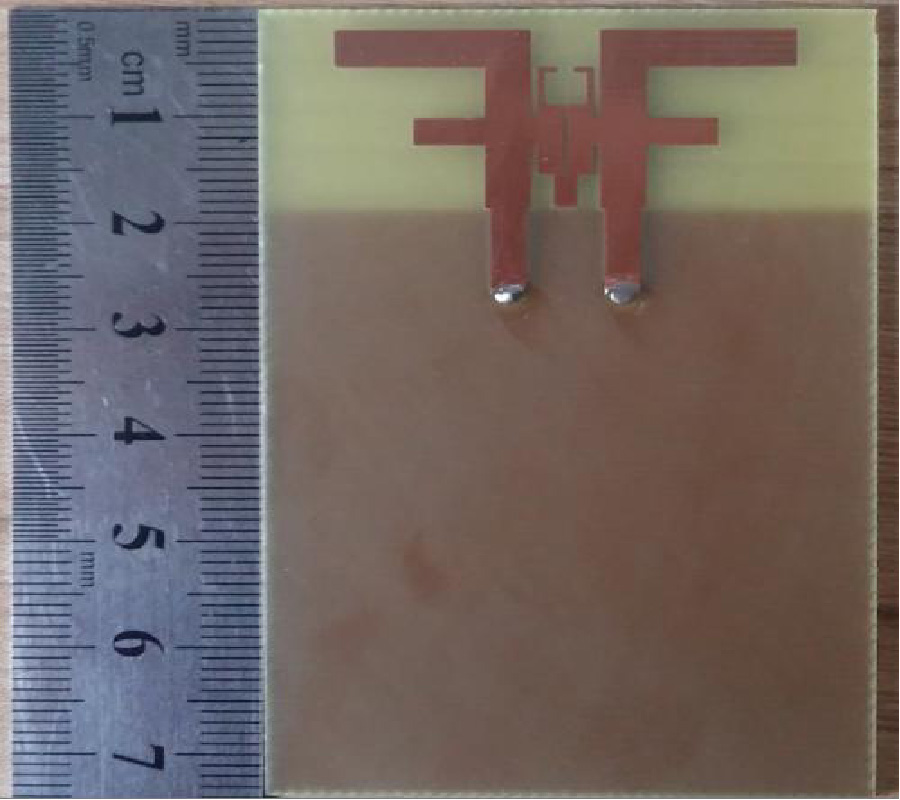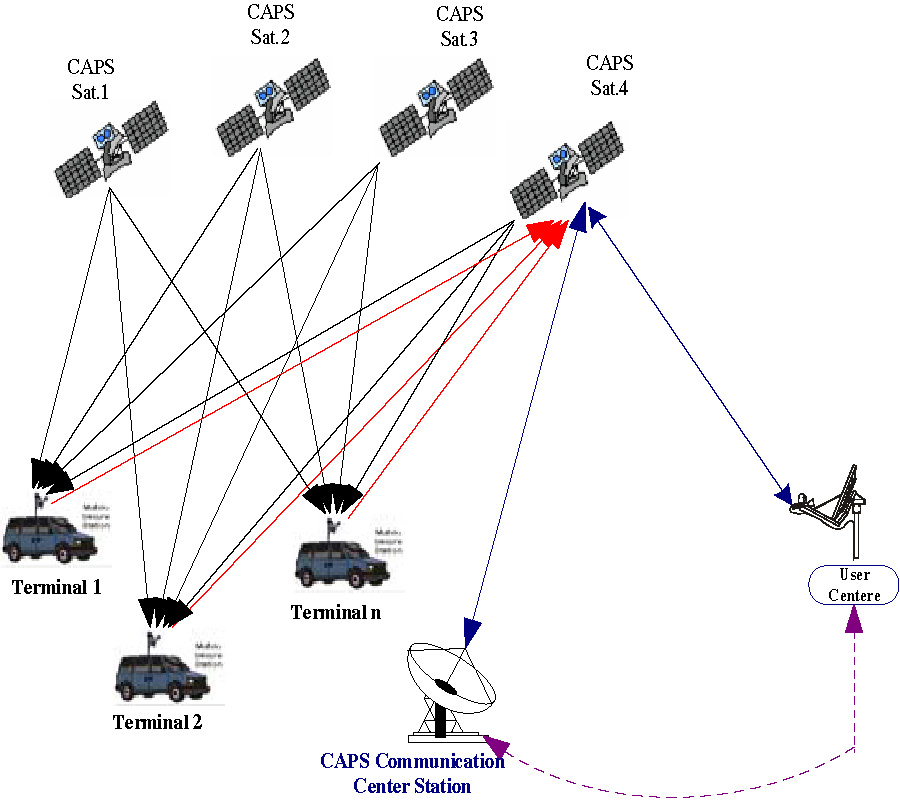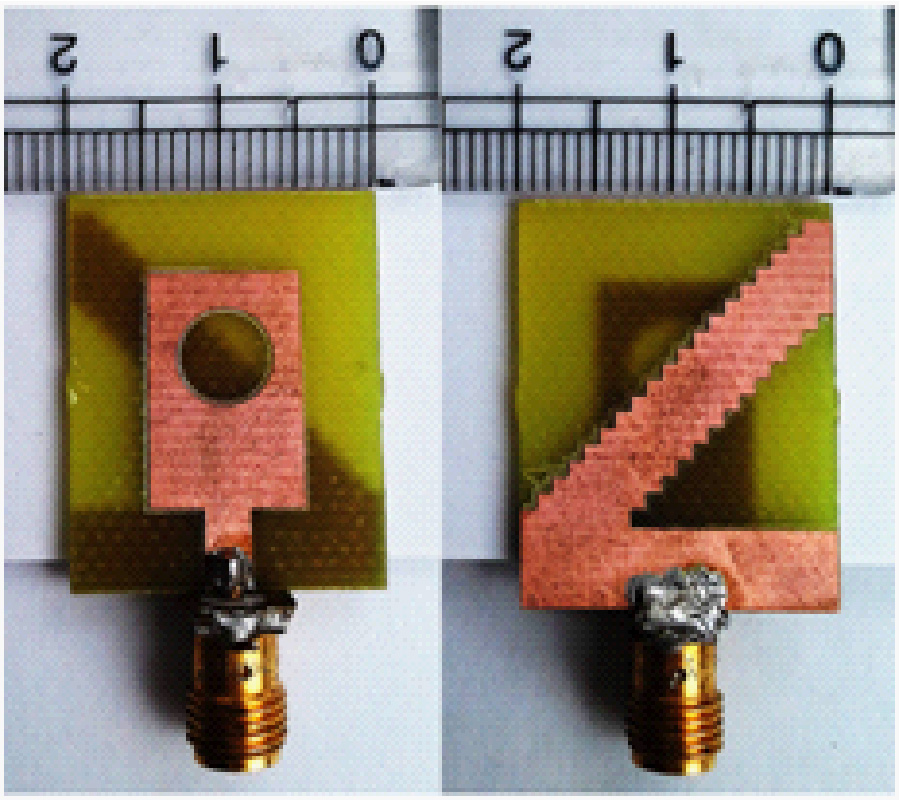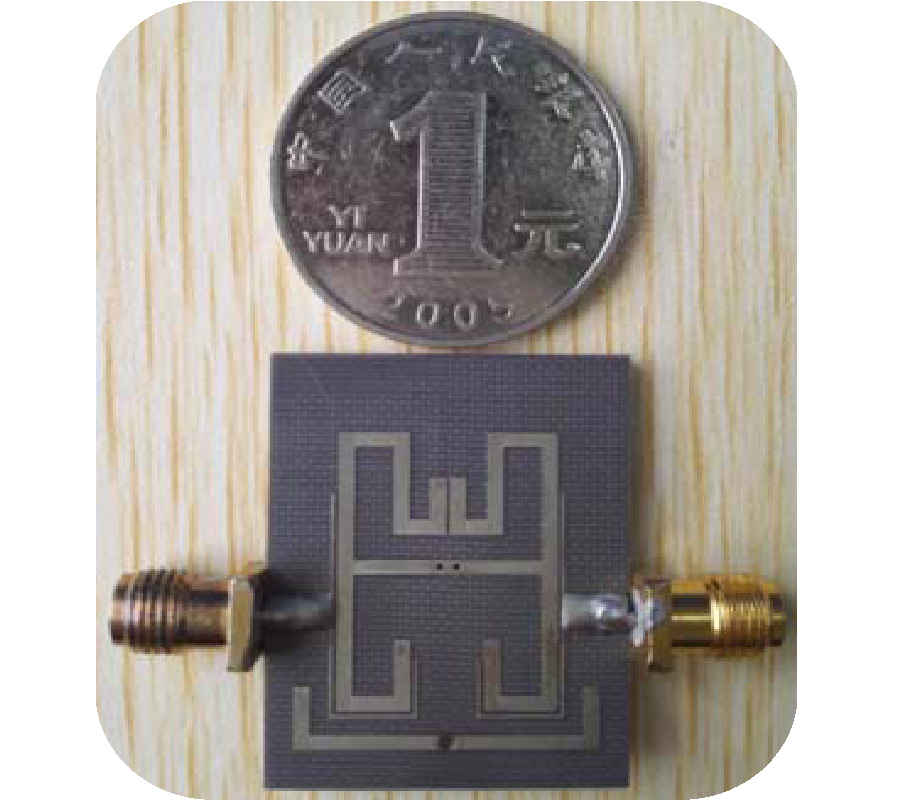A Low Elevation Angle Conical Beam Antenna for CAPS-Based Vehicle Monitoring System
Feng Pang,
Jungang Yin,
Shengming Li,
Junxia Cui,
Yan Zheng,
Chao Hu,
Lihua Ma,
Xiaolan Wang and
Qinghua Chi
A new C-band monopole antenna is proposed for use in a CAPS-based vehicle monitoring system. This monopole antenna has highly omnidirectional main beam with low elevation angle and sufficient half-power beamwidth by using a cone-shaped ground plane. The impedance bandwidth defined by 10 dB return loss is 650 MHz (5.50-6.15 GHz), and the main beam elevation angle and the half-power beamwidth are about 20° and 40° at the operating frequency 5.885 GHz, respectively. The manufactured prototype has survived a long-distance terrestrial test across China, and the design requirements for the satellite link budget, volume, cost, etc. have been reached.
